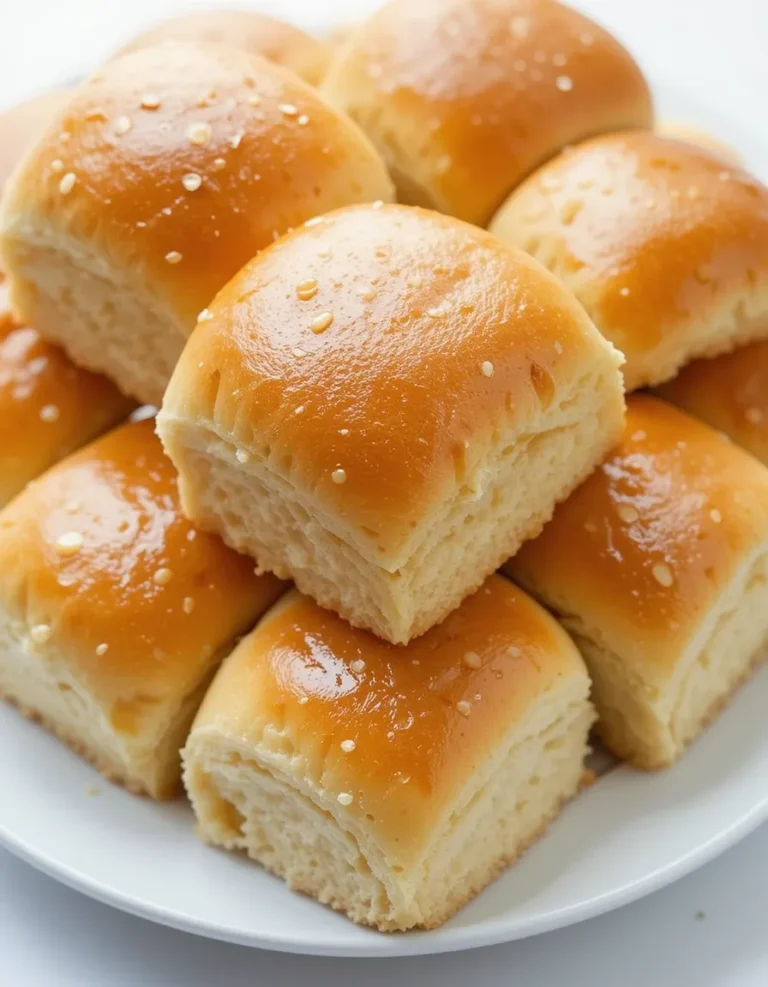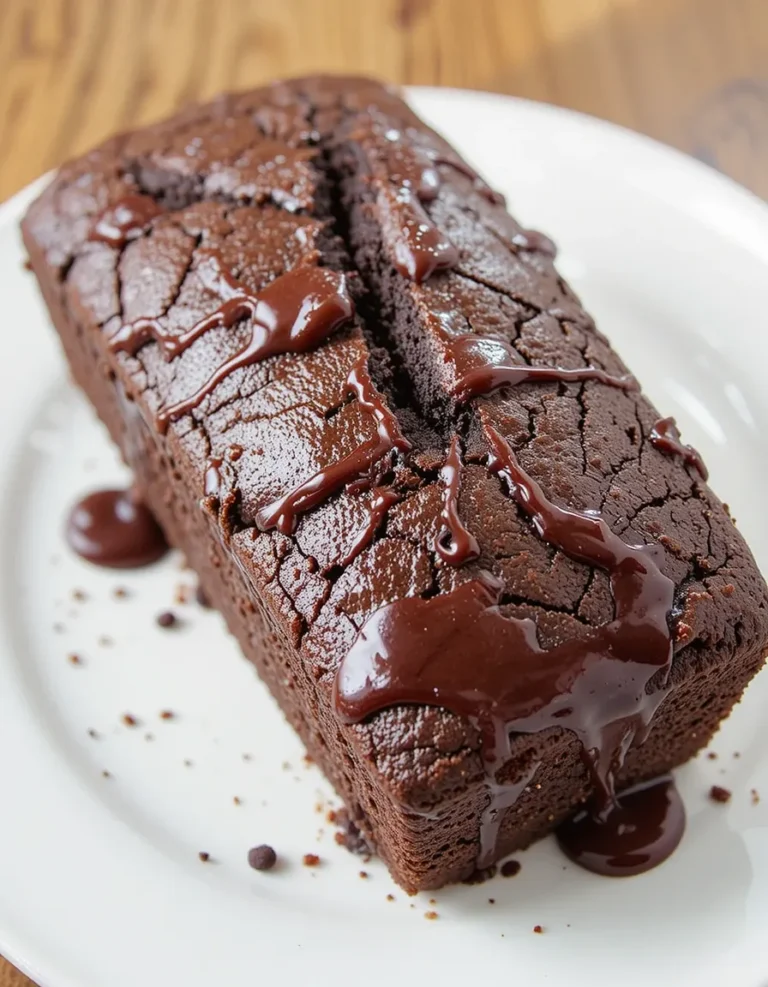Sourdough Pizza Crust Recipe
When I first started experimenting with sourdough, I had no idea it would lead me to the ultimate pizza night ritual. These days, our go-to sourdough pizza crust recipe is the star of Friday evenings—crispy on the edges, tender and chewy in the middle, and packed with that deep, tangy flavor only natural fermentation can bring. It’s not just dough and toppings; it’s a weekly tradition that feels homemade in the best way. The process of feeding my starter, prepping the dough, and watching it transform in the oven is a satisfying rhythm I’ve come to love.

This sourdough pizza crust recipe? It’s my holy grail. After years of tweaking hydration levels, over-fermenting, under-proofing, and even accidentally baking parchment paper (oops), I’ve finally nailed it. And I’m here to walk you through it like a pizza-loving friend.
Why This Recipe Works (And Why You’ll Love It)
Let me tell you why I reach for this recipe week after week:
First, the flavor is unbeatable. That long ferment gives the dough a subtle sour note that plays beautifully with melty mozzarella or spicy pepperoni.
The texture? Oh, honey. We’re talking blistered crusts, soft and airy inside, with that irresistible crackle on the bottom.
It’s actually easy—I promise! The steps are forgiving, and I’ll show you how to work with your schedule.
You probably have the ingredients already. No fancy flour? No problem. No mixer? Even better.
And the best part? It’s endlessly adaptable. Cold ferment it for even more flavor. Use it tonight or two days from now.
It’s that same spirit that made me fall in love with other sourdough favorites like my sourdough hamburger buns and easy sourdough bread. This pizza crust builds on that foundation.

What You’ll Need
Here’s your simple shopping list and equipment checklist, no fluff, just the essentials:
Ingredients:
Bread flour (high protein for strong gluten)
Water (lukewarm, around 75°F or 24°C)
Active sourdough starter (100% hydration, bubbly and ready)
Fine sea salt
Olive oil (optional, but adds a hint of richness)
Tools:
Large mixing bowl
Dough scraper or hands (no fancy gadgets necessary)
Pizza stone or steel (seriously boosts crispiness)
Parchment paper
Peel or baking sheet
And if you’re anything like me, you’ll want your kitchen to stay organized. I found these baking supply organization tips a game-changer.
Step-by-Step: How I Make Sourdough Pizza Crust at Home
Mixing & Autolyse (Let the Dough Rest)
Start by mixing your flour and water until there’s no dry flour left. This messy mixture needs a good 30 minutes to rest—this helps with gluten development without any effort. Perfect time to check on your starter or sip coffee.

After the rest, add the salt and that beautiful, bubbly starter. Use your hands to squish and twist everything together until it’s smooth. It’ll feel sticky—don’t panic, that’s normal.

Bulk Fermentation + Stretch & Folds
Cover the dough and let it ferment at room temperature (about 75°F or 24°C) for 4–5 hours. Every 30–45 minutes, perform stretch-and-folds: lift one edge, stretch it upward, and fold it over. Rotate and repeat until all sides have had a turn.
By the end of bulk fermentation, your dough should be puffier, smooth, and just a bit jiggly. Like a lazy cat belly.

Divide & Pre-Shape
Gently tip your dough onto a floured surface. Divide into two equal portions. I usually shape each into a tight little ball, cover with a damp towel, and let them sit for 30 minutes to relax.
If you’re not using them right away, this is where you decide—same-day or cold fermentation.

Cold Ferment or Bake Now?
Want next-level flavor? Place the dough balls in containers, cover them up, and store in the fridge for as long as 72 hours. I’ve had some of my best crusts come out of a 48-hour cold ferment.
Ready to bake? Let them come to room temp for a couple of hours before shaping.
Shape, Top, and Bake
Set your oven to 500°F (260°C) and allow your stone or steel to warm up for a minimum of 45 minutes. Trust me, that hot surface is the secret to a crispy bottom.
Press the dough out into a circle—don’t use a rolling pin! Let gravity stretch it. Transfer to parchment, add your favorite toppings, and bake for 8–10 minutes. Watch it bubble and blister—it’s pure joy.
Pro Tips From My Kitchen to Yours
Your starter health is key. Feed it fresh flour and water a few hours before mixing.
Keep your dough warm-ish during bulk fermentation. Cooler temps slow it down.
Don’t over-flour during shaping. Stickiness means hydration, and that gives you those lovely air pockets.
Get that stone HOT. Cold stone = sad pizza.
A little olive oil on the crust edge adds color and crunch.
Variations to Play With
Whole wheat: Swap 10–20% of the flour for whole wheat for a rustic flavor.
Semolina or rye: Great for character and color—just keep it under 15%.
Cold ferment: The longer it sits in the fridge (up to 3 days), the better the flavor.
Sourdough discard: Not quite the same, but if you add a pinch of yeast and use your discard, it’ll still make a decent quick crust.
Add-ins like rosemary, garlic powder, or dried oregano right into the dough for a flavor twist.
Common Sourdough Pizza Issues (And How I Fix Them)
Too dense? Probably under-proofed. Let it ferment longer next time.
No rise? Your starter might be sleepy. Give it a few feedings to perk it up.
Too sticky? Embrace it. Wet hands help, and dough scrapers are your BFF.
Bottom not crispy? You need more heat. Preheat that stone like your pizza depends on it—because it does.
Tough crust? Overworked dough or too much flour. Handle gently.

The Fermentation Magic Behind the Crust
Sourdough fermentation isn’t just about tangy flavor. It breaks down gluten, improves digestibility, and develops a complex taste profile that commercial yeast just can’t replicate. Think of it as time doing the work for you. If you’re curious about the science, this study on flour types is a fascinating deep dive.
My Favorite Topping Combos
Classic Margherita: tomato sauce, mozzarella, fresh basil
Spicy Soppressata + Hot Honey (trust me on this)
Mushrooms, caramelized onions, and blue cheese
Pesto, ricotta, and sun-dried tomatoes
Serve with a crisp salad or chilled wine, and you’ve got a dinner to remember. Hungry for more pizza spins? Try our French bread pizza for another fun twist!
FAQ
Can I freeze this dough?
Yes! After shaping into balls, freeze in airtight bags. Thaw in the fridge overnight, then let rise at room temp.
What’s the ideal flour for this recipe?
Bread flour or a mix of bread and “00” flour. High protein gives better chew and structure.
How do I know if my starter is ready?
It should double in size, be full of bubbles, and pass the float test.
Can I use all-purpose flour?
Yes, but reduce water slightly and expect a softer texture.
Is cold ferment better?
Flavor-wise? Absolutely. It develops more complexity and aroma.
Can I bake without a pizza stone?
Yes! Use an inverted baking sheet—but it won’t be quite as crisp.

Sourdough Pizza Crust Recipe
Ingredients
- 500 g bread flour about 3 1/3 cups
- 350 g lukewarm water about 1 1/2 cups
- 100 g active sourdough starter about 1/2 cup, 100% hydration
- 10 g fine sea salt about 2 tsp
- Olive oil optional, for crust brushing or bowl greasing
- Extra flour for dusting and shaping
Instructions
- Mix & Autolyse: Combine the flour and water until no dry bits remain. Cover and let rest for 30 minutes.
- Add Starter & Salt: Mix in the active sourdough starter and salt using your hands or a dough hook until well incorporated.
- Bulk Fermentation: Let the dough ferment at room temperature for 4–5 hours. Perform stretch and folds every 30–45 minutes.
- Divide & Pre-shape: Turn dough onto a lightly floured surface, divide into two portions, and shape into tight balls. Cover and rest for 30 minutes.
- Cold Fermentation (Optional): Refrigerate dough balls in airtight containers for up to 72 hours. Let them come to room temperature before baking.
- Preheat Oven: Heat your oven to 500°F (260°C) with a pizza stone or steel inside for at least 45 minutes.
- Shape Dough: On a floured surface, gently press and stretch each dough ball into a circle. Avoid using a rolling pin.
- Add Toppings: Transfer dough to parchment paper, add desired toppings.
- Bake: Slide the parchment onto the preheated stone and bake for 8–10 minutes until the crust is golden and blistered.
Notes
- Use a healthy, bubbly starter for the best results. Feed it 4–6 hours before using.
- Cold fermentation develops more flavor. Even 24 hours makes a noticeable difference.
- Don’t over-flour while shaping—the stickier the dough, the airier the crust.
- A hot pizza stone or steel is essential for a crispy base. Preheat thoroughly.
- This dough can be frozen after shaping into balls. Thaw in the fridge overnight and bring to room temperature before baking.
This sourdough pizza crust recipe has really transformed the way we make pizza at home. It’s got that artisan bakery feel, but it’s approachable enough to become your new weekly tradition. Whether you’re a sourdough newbie or a fermentation fanatic, this dough delivers every time.
I’d love to know what you top yours with. Drop a comment, tag your photos, or share your pizza night stories! Want more sourdough ideas? Don’t miss our sourdough hamburger buns or sourdough French bread for your next bake.








